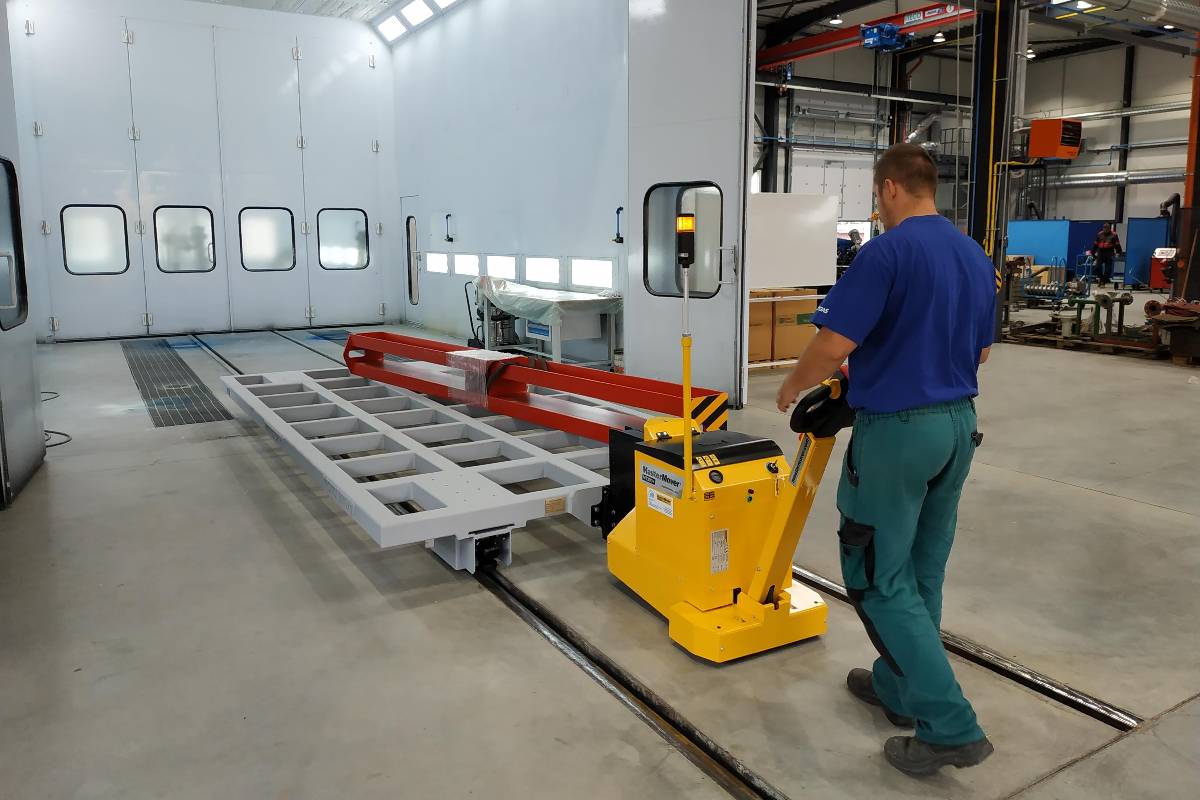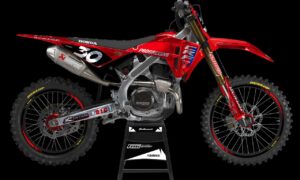Choosing the right material handling equipment for your facility is crucial for maximizing efficiency, safety, and productivity. As businesses grow and evolve, the demands for effective material handling solutions increase, making it essential to carefully assess your specific needs. Material handling encompasses various activities, including transporting, storing, and controlling materials. Therefore, selecting the appropriate equipment directly impacts operational performance.
The process begins with a thorough evaluation of your current operations. Understanding the types of materials you handle, their weights, dimensions, and the frequency of movement will guide your equipment choices. Factors such as available space, potential hazards, and workflow patterns must also be considered. Different environments, whether warehouses, manufacturing plants, or retail spaces, may require distinct solutions.
To assist in this selection process, companies like Verdex offer a comprehensive range of products tailored to various needs, ensuring you find the right fit for your facility.
Assess Your Material Handling Needs
Before investing in any equipment, it’s vital to assess your material handling needs comprehensively. Start by identifying the types of materials you frequently handle, including their weight, size, and shape. For instance, if your facility often deals with heavy items, you may need robust equipment like pallet jacks or forklifts. Conversely, lighter materials may require simpler solutions like hand trucks or trolleys.
Additionally, consider how often these materials need to be moved. High-frequency items may benefit from automated solutions, while less frequently handled materials could be effectively managed with manual equipment. Understanding your specific requirements will help streamline operations and improve worker safety.
Equipment like conveyor systems or lift tables could also be essential for efficient workflow, particularly in larger facilities where distances are significant. By analyzing your unique needs, you can make informed decisions that enhance operational efficiency.
Evaluate Available Space and Layout
The available space and layout of your facility play a critical role in determining the right material handling equipment. A thorough evaluation of your workspace will help you identify the best solutions that can fit seamlessly into your operations. Consider factors such as aisle widths, ceiling heights, and storage areas when selecting equipment. For example, if you have narrow aisles, opting for compact equipment like electric pallet jacks can facilitate efficient movement without wasting space.
Moreover, a well-organized layout can significantly enhance workflow. Ensure that the equipment you choose complements the existing layout and allows for optimal movement of materials. If your facility requires frequent access to different areas, mobile equipment may be beneficial. On the other hand, fixed installations like shelving or conveyor systems may be more appropriate for high-volume operations. Evaluating your facility’s layout will enable you to choose equipment that maximizes productivity while minimizing potential hazards.
Consider Safety and Compliance Regulations
Safety should always be a top priority when selecting material handling equipment. Every facility must adhere to industry safety standards and regulations, which vary depending on the nature of the materials handled. Before making any purchases, familiarize yourself with local safety regulations and ensure that the equipment you choose complies with Australian Standards.
Look for equipment that includes safety features such as emergency stops, safety guards, and ergonomic designs. Training staff on proper handling techniques is also essential to minimize risks and ensure safe usage. Additionally, consider equipment options that enhance safety, such as anti-slip surfaces on trolleys or visibility features on forklifts. By prioritizing safety and compliance, you not only protect your employees but also reduce the risk of costly accidents and downtime.
Evaluate the Total Cost of Ownership
When choosing material handling equipment, it’s crucial to evaluate the total cost of ownership (TCO). TCO goes beyond the initial purchase price and includes costs associated with maintenance, repairs, energy consumption, and potential downtime. By considering these factors, you can make a more informed decision regarding your investment.
For instance, while a cheaper piece of equipment may seem appealing initially, it may lead to higher maintenance costs in the long run. Conversely, investing in high-quality equipment from reputable suppliers like Verdex can result in lower overall costs due to increased durability and reliability. Additionally, consider the potential for energy savings with more efficient equipment, as this can significantly impact your operating expenses over time. Conducting a thorough cost analysis will help you select equipment that provides long-term value and fits within your budget.
Explore Customization Options
Every facility is unique, and your material handling requirements may not fit standard solutions. Exploring customization options can help you find equipment tailored specifically to your needs. Many suppliers offer customizable solutions that can accommodate your specific materials, workflows, and space constraints.
For example, if your facility requires specialized trolleys or storage solutions, inquire about bespoke designs that can enhance efficiency. Customization can also extend to features such as shelving height, load capacities, and additional accessories that improve functionality. Collaborating with suppliers who understand your industry can lead to innovative solutions that optimize your operations. By investing in customized equipment, you can ensure that your facility operates smoothly, meeting both current and future demands.
FAQs
How do I know which material handling equipment is right for my facility?
Assess your specific needs, including the types of materials you handle, their weight and size, and your facility’s layout. Consulting with experienced suppliers can also help guide your decision.
What are the safety features I should look for in material handling equipment?
Look for features such as emergency stops, safety guards, ergonomic designs, and anti-slip surfaces. Ensure compliance with local safety regulations as well.
Can I customize material handling equipment for my specific needs?
Yes, many suppliers offer customizable solutions to match your unique requirements, including specific sizes, load capacities, and additional features.
What is the total cost of ownership, and why is it important?
The total cost of ownership includes the initial purchase price, maintenance, repairs, energy costs, and potential downtime. Evaluating TCO helps you make informed investment decisions.
How can I ensure my equipment complies with safety regulations?
Familiarize yourself with local safety regulations and select equipment that adheres to Australian Standards. Consult with suppliers to confirm compliance.
Conclusion
Choosing the right material handling equipment is a critical decision that can significantly impact your facility’s efficiency and safety. By thoroughly assessing your needs, evaluating available space, prioritizing safety, and considering the total cost of ownership, you can make informed choices that enhance productivity. Exploring customization options allows you to tailor solutions that fit your unique operations.
Investing in quality equipment from reputable suppliers like Verdex not only ensures compliance with safety standards but also provides long-term value for your facility. Remember that the right equipment can streamline operations, reduce manual handling efforts, and ultimately create a safer working environment. By taking the time to choose wisely, you can set your facility up for success in the ever-evolving world of material handling.



































